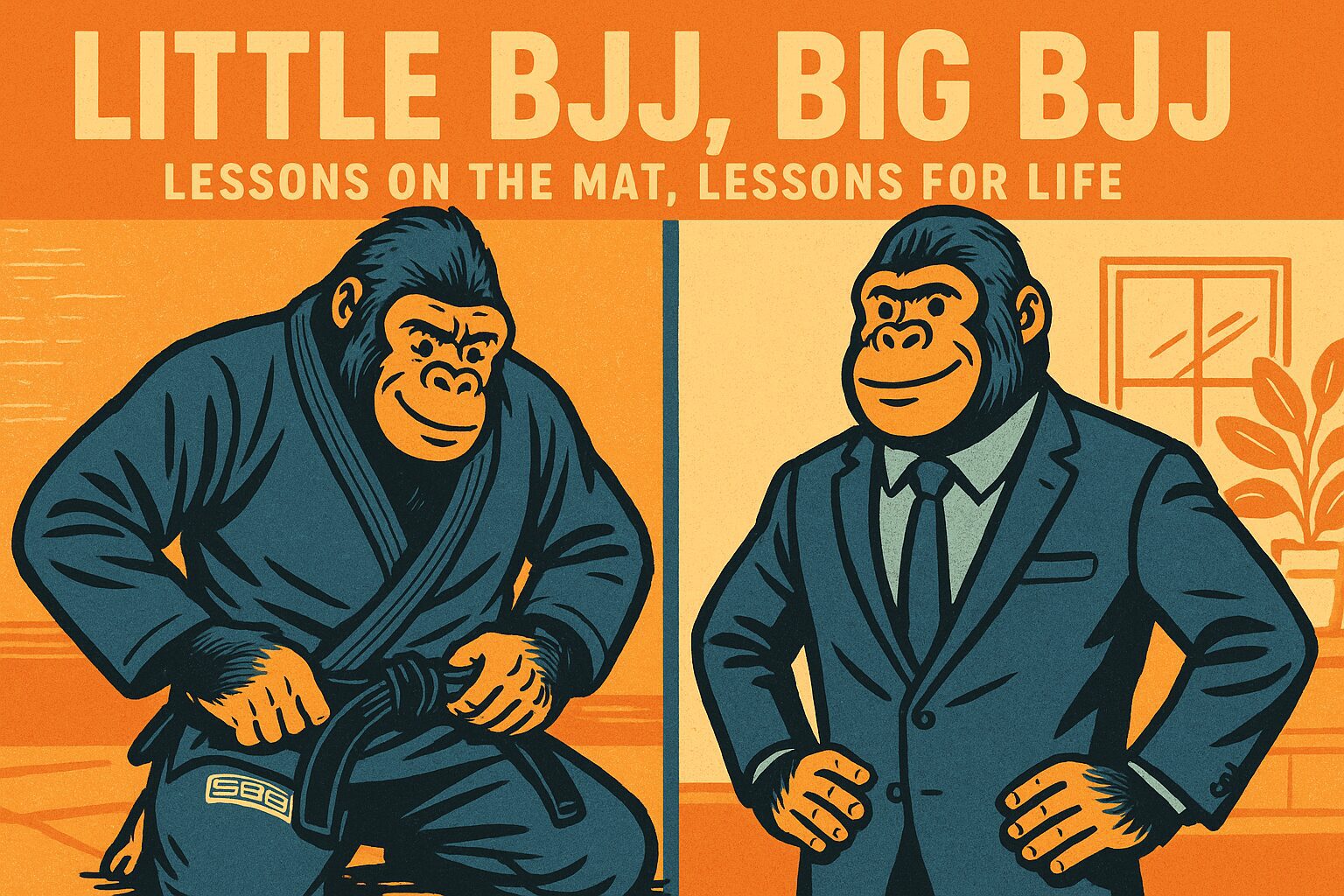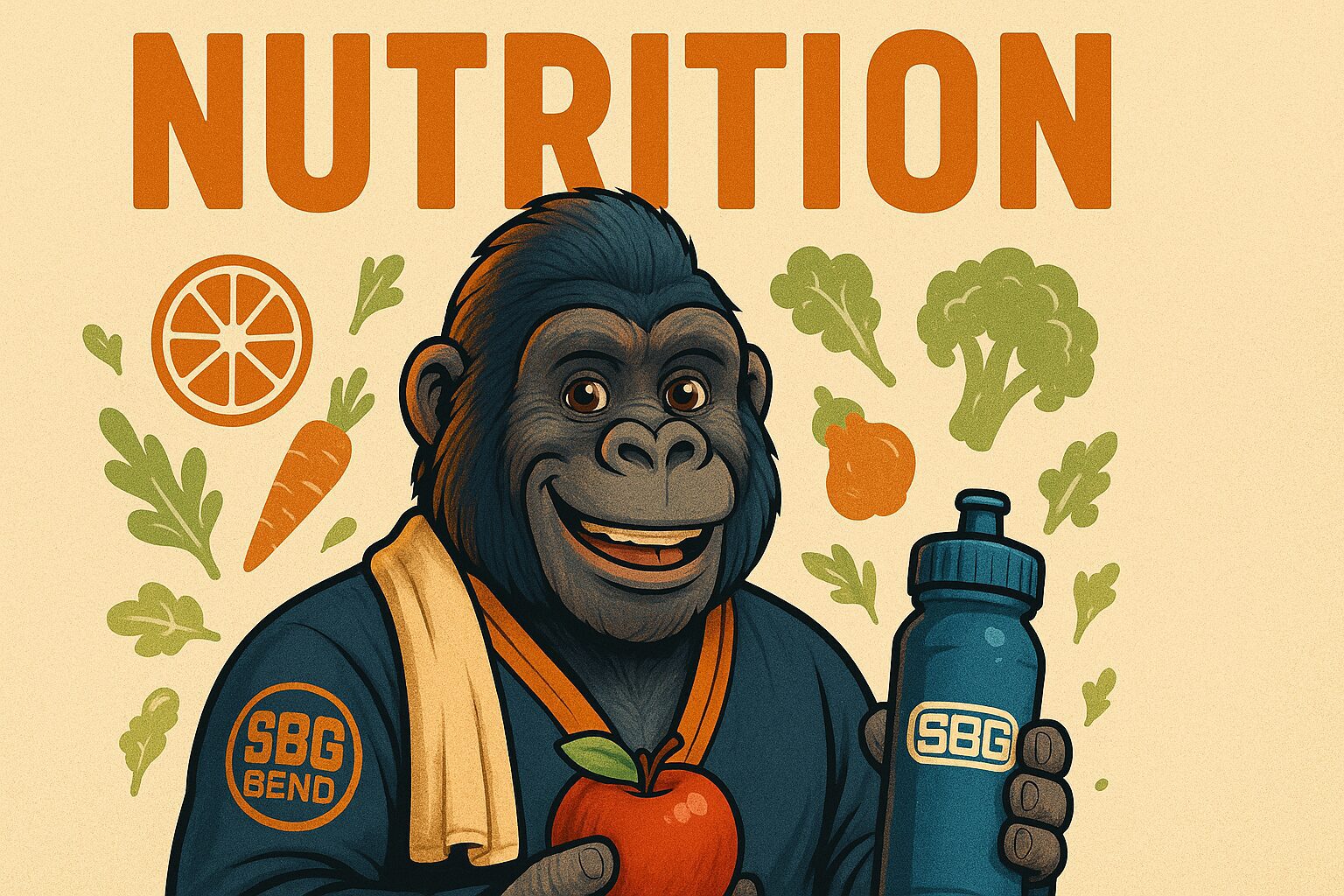
We recently had an enquiry from someone asking if they should enroll themselves and their children into Karate classes:
One of my children was recently having some issues at school and my brother recommended Karate classes. I’ve also thought about enrolling myself for fitness and self defense plus one of the local sessions allows me to train on the same mat as my kids. Is this a good option?
Firstly, we recognise the importance of taking some positive steps in addressing the challenges your child is facing, and thus congratulate the willingness to venture down this path. Many parents ultimately fail to take affirmative action against bullying at school beyond speaking to the teacher or principal. The bullying often continues and in some cases, parents pull their children out of school for their mental and physical safety.
Karate is often seen as a good option for self defense, confidence, fitness and discipline. However, there are better options available here at SBG Bend.
Karate is a traditional martial art where most styles rely heavily on punching and kicking the air against an imaginary opponent whilst stood in long lines. Most bullying starts much more subtly, often verbally. With most Karate classes, students are taught that the appropriate answer to this is to take a stance, and then punch or kick the aggressor at a time the student decides is appropriate.
The most common result from this is that the child being bullied then gets punished for exhibiting undue aggression. Upon learning this for themselves, they find they have no good options to take in future scenarios: they aren’t allowed to use their training that was supposed to help in this exact instance.
We need to be able to coach our children to deal with name calling, and to judge appropriate levels of response.
We teach the children in our Brazilian Jiu Jitsu (BJJ) classes the importance of first controlling their breathing to manage their Fight-or-Flight response. We practice breathwork each session, first in the warm-up and then again during the class.
Further, BJJ has proven ability in Mixed Martial Arts (MMA) competitions, like the UFC, to control and subdue aggressors gently, without harming them. The utility doesn’t stop there. In a truly violent encounter, BJJ practicioners can use takedowns, holds, joint locks, and chokes to defend themselves. The progressive nature of controlled positions within BJJ is what makes it the fastest growing martial art in the world, often described as Martial Arts Chess.
It’s then important to train against a resisting opponent, so that any training can be as applicable as possible to a real self-defense scenario. This isn’t feasible in striking martial arts like Karate, because the risk of injury skyrockets. It is however possible in BJJ, due to the above mentioned progressive nature of controlled positions that don’t necessarily translate to harming your opponent.
Finally, in martial arts like BJJ where practicioners train with resisting opponents, we would not recommend adults and children sharing the same mat. It is simply not safe (larger teenagers can be an exception). We divide our children’s classes into specific age appropriate groupings and buddy up your child with another of similar size whom has been specifically trained in order to help your child enjoy their session, make new friends, and achieve their unique goals.





